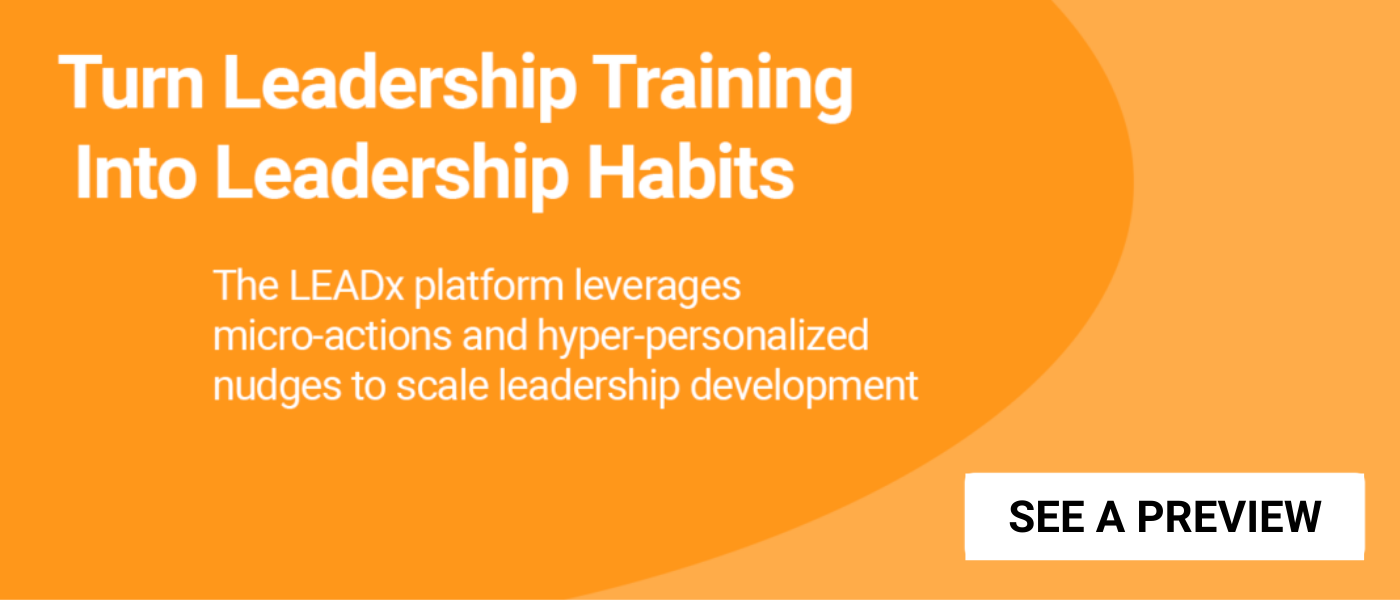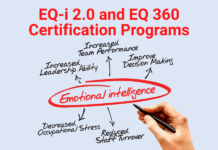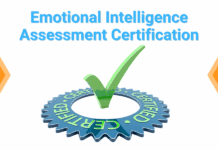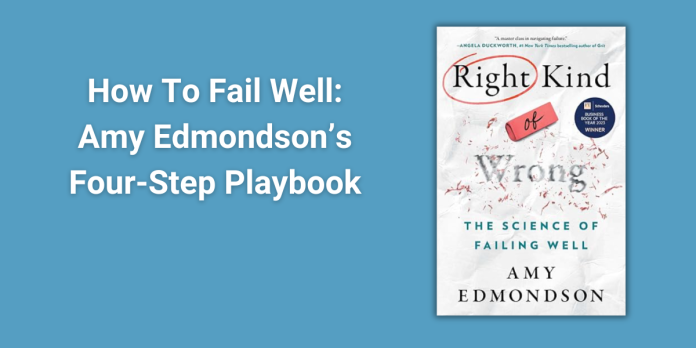
Winston Churchill said that “Success is stumbling from failure to failure with no loss of enthusiasm.” And there’s no shortage of research or examples of how true this is. Perhaps most famous of all is psychologist Carol Dweck who found that people with a growth mindset (an attitude of learning from failure) learn and improve much faster than those who don’t.
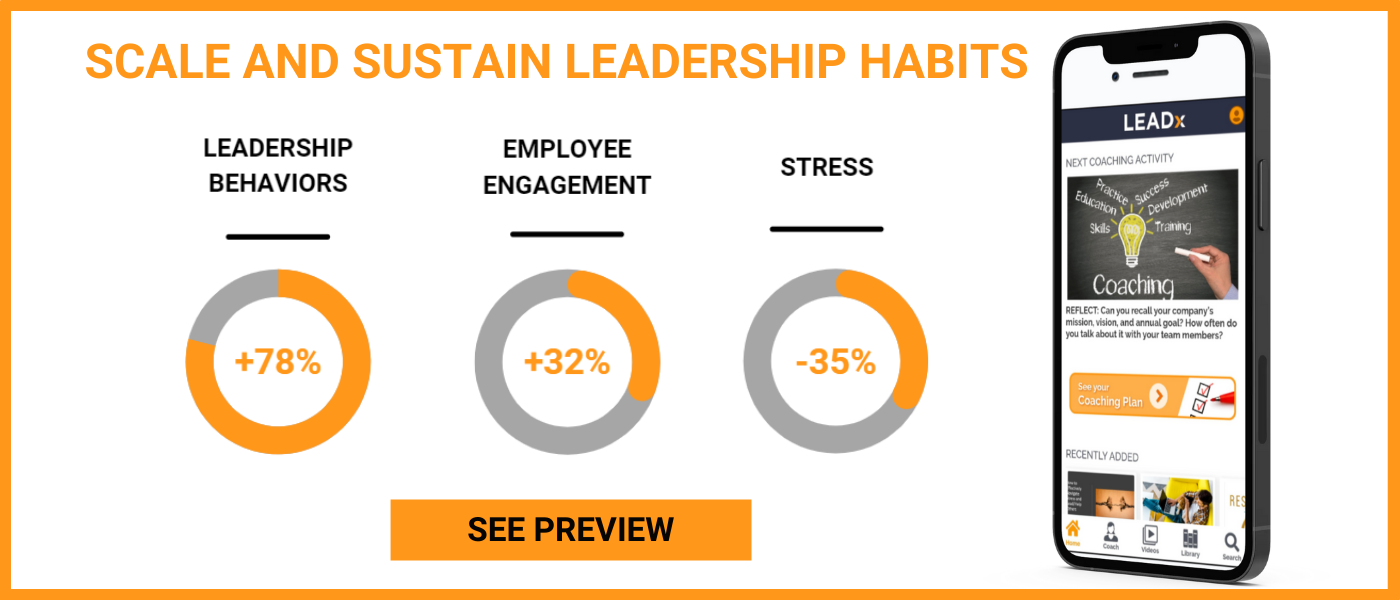 But, assuming you’re bought into the idea that “failure is good” and you should “fail fast, fail often,” then what? How exactly should you go about failing? What does “good failure” look like?
But, assuming you’re bought into the idea that “failure is good” and you should “fail fast, fail often,” then what? How exactly should you go about failing? What does “good failure” look like?
In comes Amy Edmondson and her new book, Right Kind of Wrong: The Science of Failing Well. To learn more about how to fail “right,” I had the opportunity to interview her.
Edmondson is a Professor of Leadership at Harvard Business School, a researcher of psychological safety and teaming, and is best known for coining the term “psychological safety.”

How You Fail Matters
Edmondson was quick to point out how your freedom to fail looks much different based on your environment. “In science labs, R&D departments, and startups, failure is a part of your job. It’s how you make progress,” said Edmondson.
That’s of course much different from operating rooms and car manufacturing plants, where the goal is typically to make as few mistakes as possible. “Fail fast and fail often” would not be a fitting motto in this type of environment.
Edmondson's point is that instead of simply failing fast and often, you should consider the context of your failure. And then, once you’ve thoughtfully considered your failure, you should act. Edmondson recommends you follow four steps.
Four Steps to Fail Well
Before you risk failure, work through each of the following four steps:
“There’s no playbook for what you’re setting out to do. There’s no straight path to get there,” Edmondson explained. If there are people who achieved exactly what you’re setting out to do, you might not need to risk failure. There might be a solution with little or no risk. “If you’re interested in doing original thinking, moving away from the familiar is required,” Edmondson wrote in her book. For example, a leadership development professional might attempt to create a new program for emerging leaders at her company. Since the program didn’t exist before, the opportunity to create something valuable and special is high.
If you risk failure, there should be a meaningful opportunity on the other side. Ask yourself, “What goal am I hoping to accomplish? Is this a meaningful opportunity worth pursuing?” Edmondson writes. For example, quitting your job to see if you can make a living at something you’re passionate about is a higher-value risk than quitting your job to see if you can make a living at something you’re only lukewarm about. Your goal has to be worth failing for.
Before taking action, Edmondson recommends collecting relevant information and coming up with a thoughtful hypothesis. “Intelligent failure means you’ve thought about what you know and what you don’t know. You have good reason to believe your action might work,” Edmondson remarked. For example, if you’re trying out a new emotional intelligence vendor, you should reach out to their current clients. You should also compare their pricing and offering to competitors. Otherwise, you’re creating unnecessary risk for failure.
4. Your failure is no bigger than necessary.
One mistake people make when they embrace failure is to make unnecessarily big mistakes. “Your failure should give you the information you need. It shouldn’t be dangerous, wasteful, or overly costly,” Edmondson explained. For example, a marketer might risk a big chunk of her budget on a new campaign when she would have been better off running a smaller experimental campaign. She could have learned the same lesson at a smaller price. When in doubt, look for ways to pilot your idea.
Putting These Insights Into Action
Failure is one of the most valuable tools at your disposal. And while a lot of attention is placed on the importance of seeing failure as an opportunity, much less attention is placed on how to actually fail. Next time you’re deciding how to move forward with a project, activity, or decision, work through Edmondson’s four steps. You’ll likely have a much better idea of how you want to move forward.


